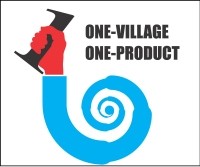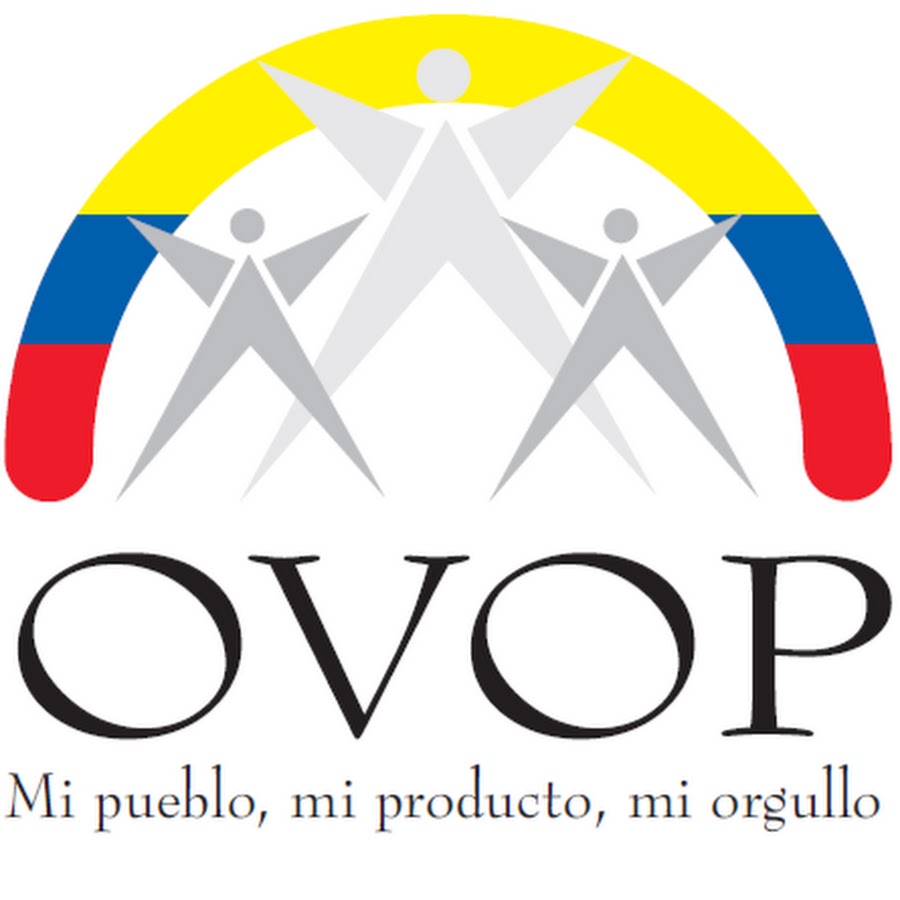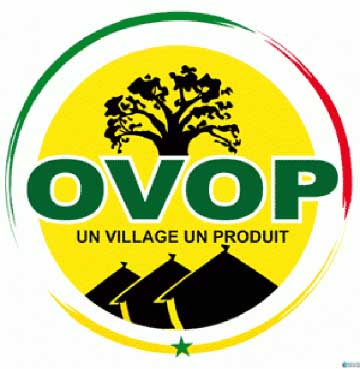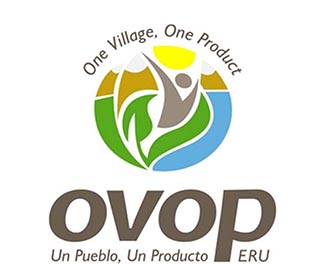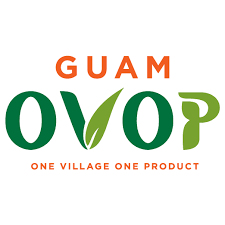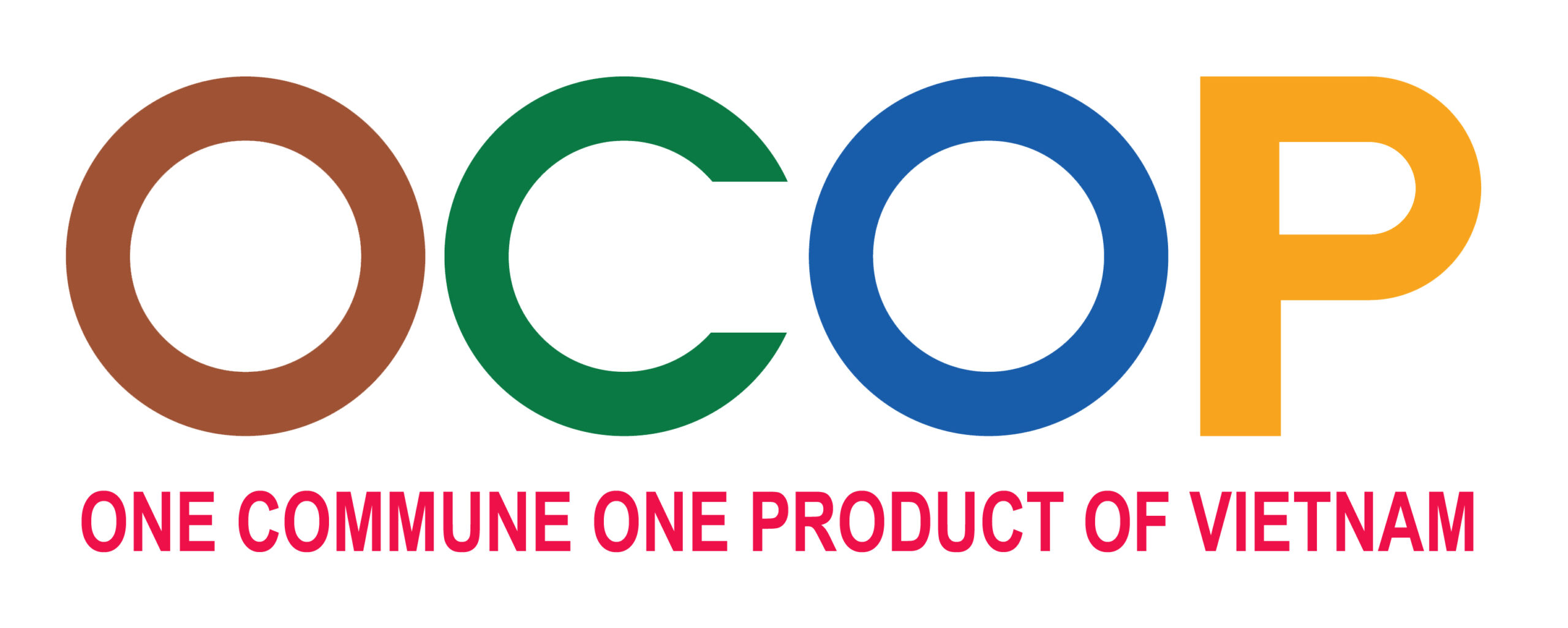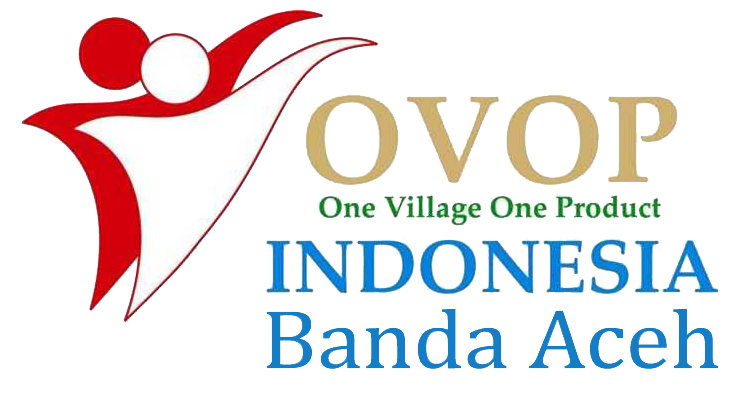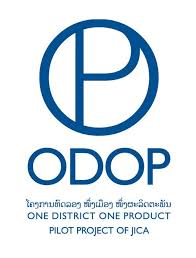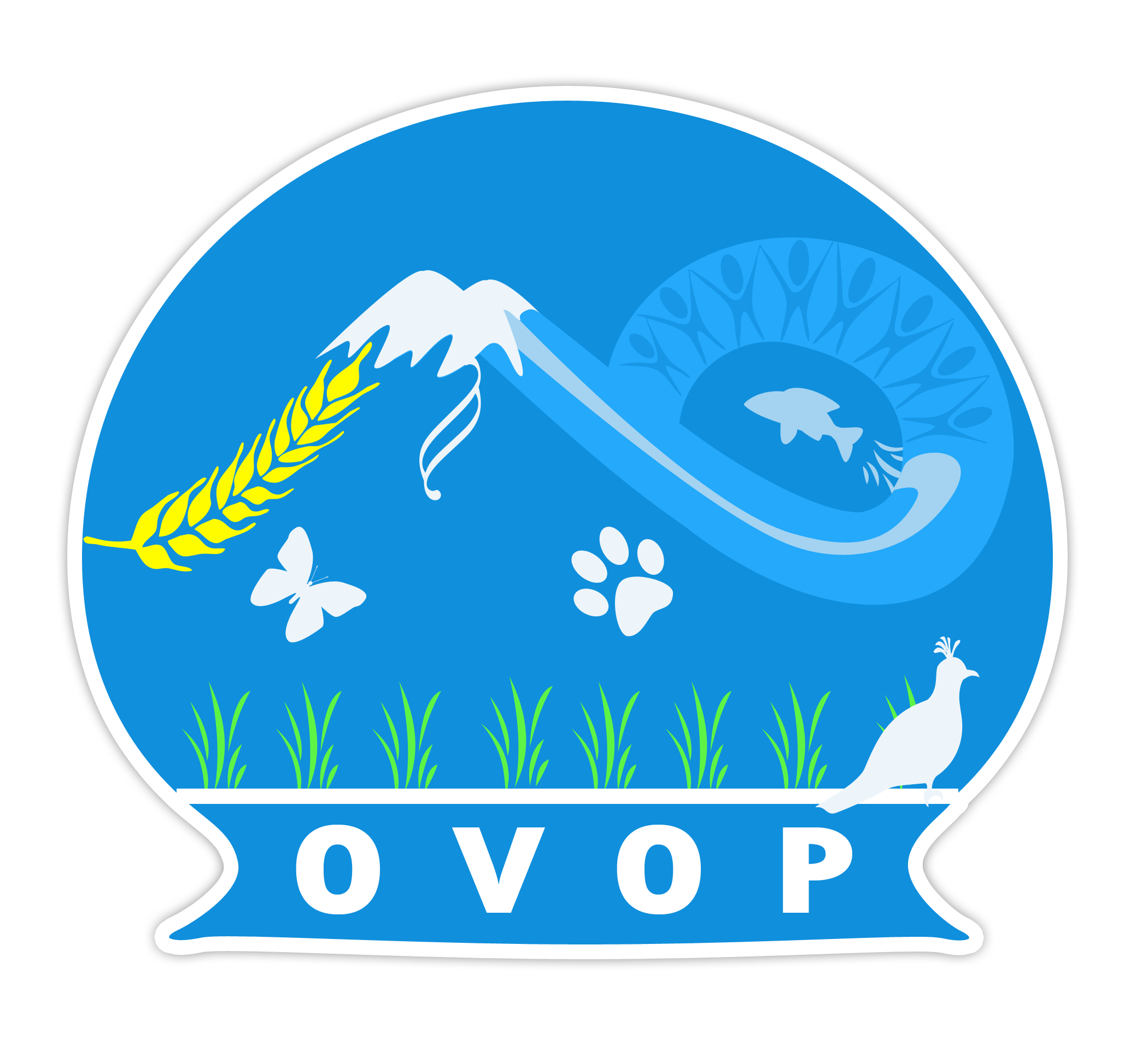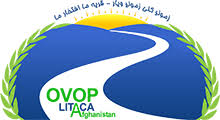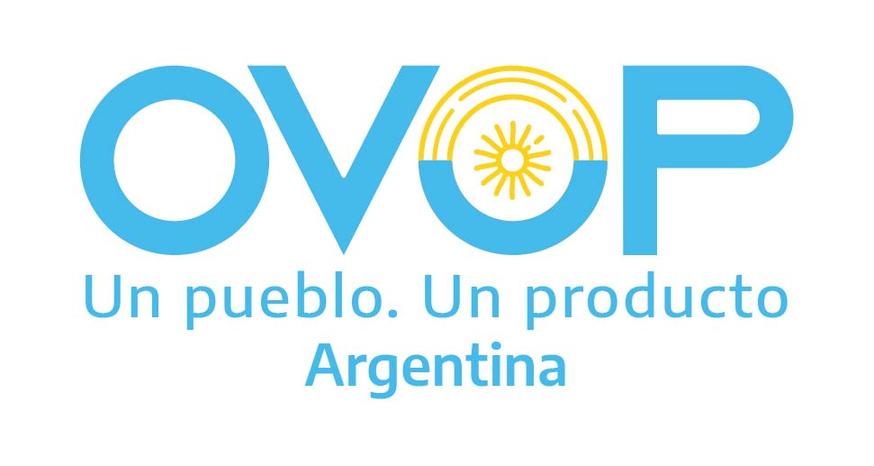Vietnam has been actively learning from Japanese sustainable and effective rural development policies.
1. Challenges in rural areas in Japan
The serious problems in agriculture and rural development in Japan are the abandonment of agricultural land, aging farmers in combination with the lack of youngsters taking over the work.
The statistics in 2018 from the Ministry of Agriculture, Forestry and Fishery show that 97,814 hectares of agricultural land in Japan have been abandoned. This number is expected to continue increasing as workers in agriculture become older and the labor shortage is increasing. Nearly 94% of fallow arable land is not currently used for cultivation. Fukushima Prefecture has the largest area of uncultivated land of 7,397 hectares, Chiba Prefecture is in third place with 6,313 hectares. The capital Tokyo has 340 hectares of arable land.
Lack of labor and the "aging" of labor in agriculture is one of the main causes leading to the increase of fallow land. In 2015, the average age of labor in agriculture in Japan was 67 years old, much higher than other countries in Asia.
2. Policies and measures to develop rural areas
2.1 General policies to support rural areas
- Direct Payment Program for upland farmers
The program, launched in 2000, aims to prevent the abandonment of agricultural land and compensate farmers working in disadvantaged areas. The first phase of the program is in 2000-2004. The primary focus is on farmers, cooperatives and certified businesses. These people must commit to complying with environmental protection, protecting agricultural infrastructure and maintaining sustainable harvesting in order to receive allowances. After phase 1, the government has introduced more concrete measures for sustainable agricultural practices in rural communities. These policies focus more on collective productivity and farming. The government has also reformed the program to expand target areas and activities to support more communities with a higher proportion of older people.
- Direct Payment Program for multifunctional agricultural development
This program will conserve agricultural land by joint management of rural communities and will ensure future multi-functional agriculture.
- Direct Payment Program to develop environmentally-friendly agriculture
The purpose of this program is to support environmentally friendly agricultural practices. Farmers participating in this program will have to commit to reducing the use of pesticides and chemical fertilizers by less than 50%. Compared to conventional, rational use and management of wastewater and fertilizer, the time of commitment is up to 5 years.
2.2 Policies on rural development
- Realizing smart agriculture
To solve problems in the agricultural sector, Japan develops new technologies to enhance the automation of labor-intensive jobs and improve labor productivity. For example, the Universal Internet, a useful tool for monitoring and adjusting environmental conditions for optimal development conditions in fields and greenhouses. Another example is unmanned aerial vehicles for agriculture. This technology is still being developed in Japan and will be popular in the near future. OPTiM is working with Saga University to develop unmanned aerial vehicles that can fly along fields and spray pesticides in targeted areas. The device will operate day and night, saving farmers time and using less pesticides. They also provide information about greenhouse plants through advanced image analysis and indicate areas that require a lot of fertilizer.
- Developing human resources in agriculture and expanding exports of agricultural products and food
The provinces focused on recruiting more young farmers, supporting their successors and accepting foreign human resources. Besides, the expansion of exports of agricultural products and food is an important factor in realizing the sustainable growth of the Japanese economy. The Japanese government has promoted the export of agricultural products and foodstuffs with the FBI policy - a policy to promote the export of agricultural products manufactured in Japan, from Japan and by the Japanese. This strategy includes the export of agricultural products produced in Japan, making use of Japanese ingredients and the spread of Japanese culinary culture abroad.
2.3. Rural development policy
- Rural infrastructure development
Information technology plays a very important role in improving efficiency and productivity, which can lead to improved quality and cost competitiveness. For example, Fujitsu in Japan is implementing the "Akisai" project, a cloud service to support farming. In the greenhouse, all environmental data will be collected and controlled by the server. Controlling the environment in greenhouses is very important for countries with natural disasters like Japan. In addition, Japan also combines solar power production and crop cultivation in the same field. To take advantage of the excess sunlight that plants do not use, farmers will use mobile solar panels. This combination has brought good results and can revitalize Japanese farmers, giving them the opportunity to increase income and contribute to meeting the nation's energy needs.
- Utilize various resources in rural areas
Rural tourism: In Japan in 2016, the Japanese government launched an initiative to promote local tourism. Rural tourism is a form of tourism proposed by the Ministry of Agriculture, Forestry and Fisheries, in which tourists will stay in local villages to experience rural lifestyle in Japan and interact with the locals. Tourists can experience fascinating local scenes while staying in places like historic folk architecture. This initiative aims to develop tourism, improve farmers' incomes, take advantage of the surplus resources and increase the number of visitors.
The combination of agriculture and social welfare: The feature of the program "Collaboration between agriculture and social welfare" is an agricultural organization and a welfare organization working on a community basis. By creating an appropriate working environment and promoting the capacity of disabled workers, this program is improving the value of internal resources in the community, promoting production and expanding sales channels.







